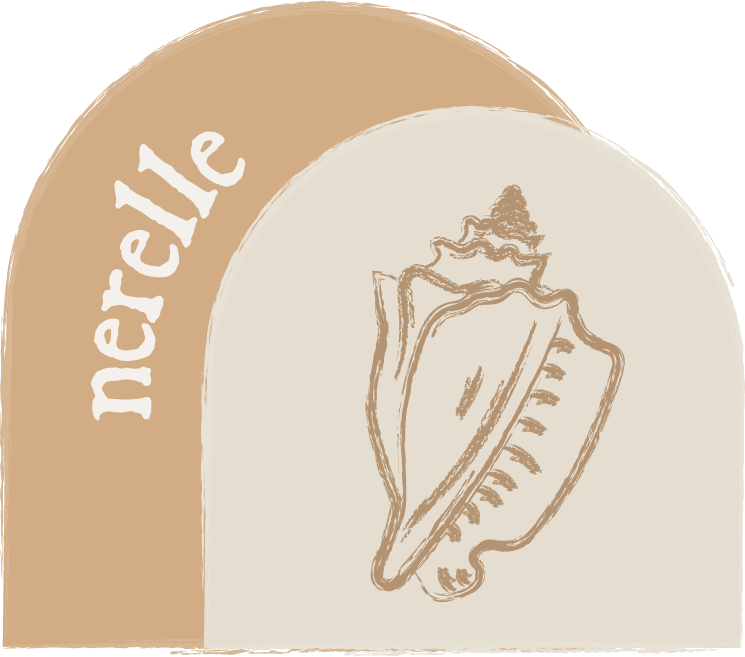What is Siapo?
Siapo is an ancient Samoan art form, similar to painting, but instead the canvas is called tapa (made by pounding barkcloth stripped from the mulberry tree), the paintbrush is a paogo (pandanus seed), and the inks are made from nature. The lama (black ink) is made from soot, and the o’a (brown ink) is made from the bark of the o’a tree.
Siapo art is a very tedious and painstaking process from start to finish. It isn’t a widely practiced art form in American Samoa these days. That’s why local Samoan artist Reggie Meredith Fitiao (and her husband Su’a Uilisone Fitiao) share their knowledge to keep the tradition alive.
Enter — Fa’aSamoa Arts
This local non-profit, run by Reggie and Su’a, was established to rekindle a passion for Samoan traditional arts by sharing the power of knowledge, hosting siapo making workshops for youth, and hopefully soon, they will open their studio shop too. Their studio is based in Leone, where Reggie was raised and where siapo made a comeback in the the 1960s and 1970s, thanks to her mentor, the infamous Mary J. Pritchard, who was also from Leone. You can read more Mary Pritchard, and about Fa’aSamoa Arts on their beautiful new website created by Mary Anne Bordanaro.
I’m a member of the Rotaract Club of Pago Pago, and in our recent meetings, Reggie was invited as a guest speaker because she was a previous Rotaractor also. She shared her experience with Rotaract, and her journey as an artist. And invited our club to a workshop at the Fa’aSamoa Arts studio. I wish I’d brought my camera with me, but ah whale, here’s a smattering of iPhone photos 🙂
Making Siapo
At the studio, we sat on long benches lined up in two rows of trestle tables. We were handed glass jars with the labels removed, and instructed to roll the jar over sheets of prepared tapa to smooth out our canvas.
Reggie welcomed us warmly and shared an overview of tapa and the varieties of tapa made throughout the Pacific (ie. kapa in Hawaii, ngatu in Tonga, etc). She and Mary held up examples of barkcloth with beautiful designs and passed it around the room so we could feel and observe the differences and unique qualities of each art form from other Pacific islands. I learned that Samoan tapa is two ply, overlapped together with a natural starch to strengthen the canvas and reduce stretch. We asked questions





Reggie proceeded to the floor where a large carved wooden log made of ifilele sat on top of a woven mat. She held out two wooden mallets (I forget their names). One with smooth ridges around the square head, and another that had a smooth rounded head. She explained that the one with the soft ridges was used to pound the bark into cloth. For Reggie, she said it takes her about 15 minutes of pounding just to make one sheet. She showed us first, pounding in a rhythm of three beats – thump… thump thump… thump… thump thump…
We got a chance to pound the tapa too, and I was the first to to give it a go. I could definitely see how this could be a meditative practice, and also how it could be an arm workout! I went on for just a couple minutes, but I think after 5 minutes I would’ve gotten tired. We took turns pounding and the bark flattened to about 16 x 24 inches. We didn’t have enough time that evening to all pound tapa, so Reggie was kind enough to share tapa she had already prepared for us to take our art home.




Once our tapa was smooth from rolling the glass jars over the surface, we picked out paogo to use as brushes. The tips of the seeds were trimmed to reveal the hair like brush. Reggie explained several traditional motifs used in siapo art and what each meant and how they were used. She encouraged us to be creative within these motifs and ideas to incorporate them onto our siapo.
We each sketched our designs lightly with a pencil first. Reggie showed us how to hold the paogo properly: angled with three fingers only (thumb, index, and middle finger). And learned that the trick is to always paint away from ourselves, never toward us. We shared little cups filled with lama, which is much more viscous and a very rich black. Most of us painted over our sketch lines, others opted to use the black to fill in their drawings. And then we painted with the o’a, which is more watery and very subtle at first but would darken over time.

We spent the next couple hours painting. I was happily entranced in the process. The vibes were really good all around, and our Rotaract team asked questions and complimented each others’ work. At the end of the workshop, we took a group photo (with Reggie’s cat and dog too!) and our siapo art.




For most, if not all of us, this was our first time making Siapo. So I am extremely grateful to have had the privilege to learn from such a renowned artist as Reggie. And many thanks to my Rotaract Club board for organizing this workshop!


0 Comments